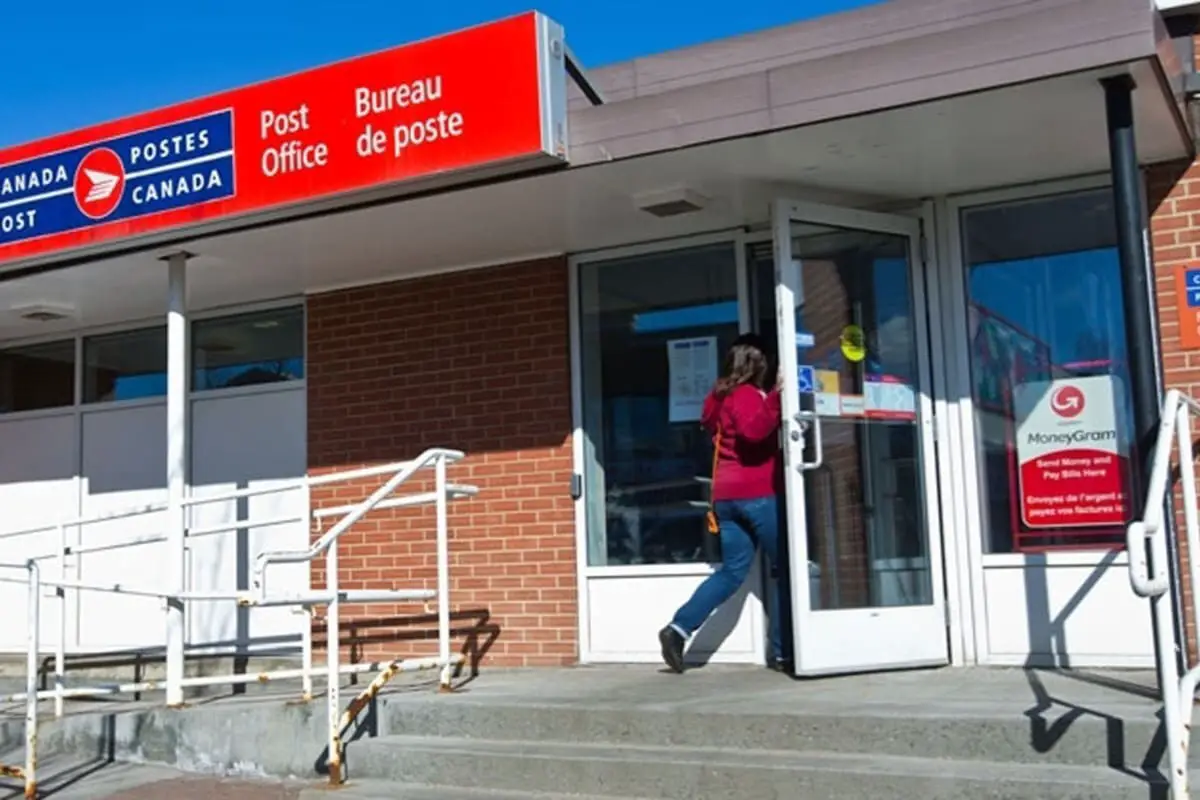Does Canada Post Send Text Messages? Identify Delivery Scams

Canadians love ordering products online and receiving parcels, especially around the holidays. But with the rise in online shopping comes an increase in delivery scams trying to take advantage of excited shoppers. As more spam text messages impersonate shipping companies, you may find yourself wondering: does Canada Post send text messages?
The short answer is sometimes yes, but only if you specifically sign up to receive text notifications about your packages. Canada Post does not send unsolicited texts.
In this detailed guide, we’ll cover everything you need to know about legitimate Canada Post texts versus fraudulent smishing scams:
- When Canada Post sends real text notifications
- How to recognize fake Canada Post texts
- What to do if you receive a suspicious message
- Expert tips to protect yourself from smishing
Understanding the difference between real and fraudulent communications can help save you from identity theft or financial harm this holiday season. Let’s dive in!
When Does Canada Post Send Legitimate Text Messages?
Canada Post gives customers the option to sign up for automatic text message notifications when packages are out for delivery or ready to be picked up.
These legitimate Canada Post texts will only be sent if you proactively request them through the Canada Post website or mobile app while tracking a package.
A Canada Post account is required first before you can enable text notifications. Once set up, you’ll receive important shipping updates directly on your mobile device without having to check your tracking number repeatedly.
However, Canada Post emphasizes that they do not send unsolicited text messages to customers asking for personal information or containing links to external websites.
Any package-related texts from Canada Post will originate from one of the following verified 5 or 6 digit shortcode numbers:
- 272727
- 55555
As long as the texts come from those shortcodes after you register, you can trust the information regarding your parcels.
What Do Fraudulent Canada Post Text Messages Look Like?
While Canada Post only contacts people via text by request, scammers frequently send out unsolicited messages pretending to be from the postal service.
These smishing scams aim to access your personal details or prompt you to pay fake shipping fees by clicking malicious links that install malware or steal financial data.
Here are some telltale signs of a fraudulent Canada Post text scam:
- Originates from a 10-digit phone number instead of an official shortcode
- Contains threatening language about an unpaid fee or missed delivery
- Pressures you to open a link in order to reschedule a delivery
- Requests personal information like credit card details, SIN, or date of birth
- Riddled with spelling, grammar, or formatting errors
- Asks you to contact a non-Canada Post support number
Ultimately, any text that comes from an unknown 10-digit number and claims you must provide sensitive information or click a link to receive your package should raise red flags.
As long as you did not consent to SMS updates, unsolicited package-related texts are nearly always a scam.
Tips for Spotting Canada Post SMiShing Scams
While fraudsters are getting sneakier with concealing phishing links and faking corporate branding, there are still subtle clues within their Canada Post scam texts that reveal their authenticity:
1. Watch for odd links
Shortened URLs from bit.ly or tinyurl redirect to phishing pages and are commonly used in smishing campaigns to hide the real (fake) domain. Legitimate Canada Post links would only direct you to canadapost-postescanada.ca.
2. Sense urgency
Fraudsters want victims to act fast without scrutinizing the scam message. Texts warning of closed accounts, final delivery attempts, or missed package pickups press recipients to click links instinctively. Real Canada Post alerts typically don’t have urgent calls-to-action.
3. Notice impersonal greeting
Getting addressed as “Dear customer” or just your phone number rather than your name indicates spam. Legitimate companies personalize messages to established customers.
In addition to those subtle clues, blatant typos, incorrect postal “facts,” or unbelievable offers (free gift cards, prize winnings) showcase amateur scammers easy to avoid.
What to Do If You Receive a Suspicious Text Message?
If you get an unsolicited SMS from an unknown 10-digit number with a Canada Post logo making questionable claims, take the following actions:
- Do not click on any links or provide personal information. Clicking could download malware onto your device or send your details directly to scammers.
- Double check the message via the official Canada Post website or mobile app. Search for your tracking information there or contact customer support to verify legitimacy.
- Forward the text to 7726 (SPAM) to report it to your cell provider. This helps block the number from messaging other customers.
- Contact the Canadian Anti-Fraud Centre to document the Canada Post scam text. Share as many details as possible to assist investigations.
Reporting smishing texts when you encounter them can prevent further spread of the scam. And blocking unfamiliar numbers right away provides protection against future text fraud from the same criminals.
Expert Tips to Protect Yourself From SMS Delivery Scams
While staying vigilant about scam red flags is crucial, you can also implement some proactive precautions to keep your device and identity secure:
- Avoid clicking direct links from any unsolicited texts, even if they appear urgent or legitimate at first glance. Take a moment to double check the source through an independent search.
- Monitor bank statements frequently during the holidays when most smishing occurs. If you accidentally click a scam link, fraudulent charges might show up which prompt quicker mitigation.
- Learn to recognize spam texts beyond just Canada Post smishing so you already know the signs of a scam when messages arrive unprompted. Understanding common tactics makes them easier to spot.
- Set up two-factor authentication for financial accounts so that identity thieves with your personal info still cannot access your money or make unauthorized transactions. The extra login barrier keeps fraud more difficult.
Staying proactive against SMS fraud this holiday shopping season can let you capitalize on package deals without worrying about delivery-related scams.
Conclusion: Verify Unsolicited Canada Post Texts to Avoid Scams
Canada Post only contacts customers via text message when explicitly asked to provide shipping updates on tracked packages. Any SMS correspondence should originate from official shortcode numbers 272727 or 55555 after opting into notifications.
Unsolicited texts from 10-digit phone numbers with links or requesting sensitive information represent Canada Post phishing scams. Always triple check by contacting Canada Post directly before clicking anything from an unknown sender.
Following best practices around verifying suspicious texts and reporting smishing attempts protects not just yourself, but also your neighbors from becoming victims too. Staying vigilant together promotes safer digital scam prevention across all Canadian communities.




